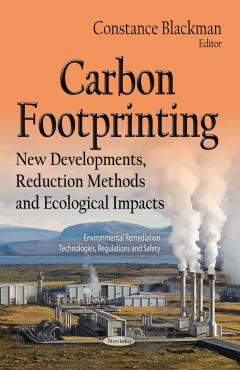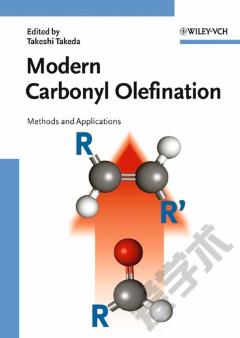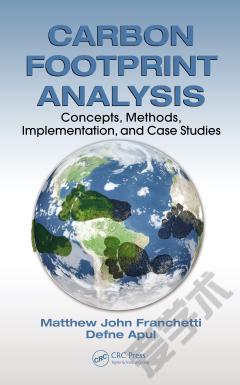Carbon Sequestration: Methods, Modeling and Impacts
Carbon plays an important role in supporting life and all living organisms are based on the carbon atom. Among the common elements of the earth's surface, the carbon atom is one of few that can form long organic chains and rings: this ability is the foundation of organic chemistry. In this book, the role of the plant residues in the carbon sequestration is discussed throughout plant tissue stabilization in soil, giving a new approach and understanding of the plant residue conservation in soil. This book also evaluates the changes of properties in olivine generated by mechanical activation, its adsorption properties for carbon dioxide and mechanical carbonation of olivine by dry and wet mode. Furthermore, forestry based carbon emissions offset projects have potential to both mitigate climate change and foster sustainable forest management. While experts generally agree that increased concentrations of greenhouse gases (GHGs) in the atmosphere will result in changes in the earth's climate, there is considerable attention to the possibility of using forests as a means of sequestering and reducing emissions of carbon dioxide in the atmosphere. This book provides an understanding of the role that Kakamega forest as well as agro forestry in adjacent farms can play in the mitigation of climate change through carbon sequestration.
{{comment.content}}








 京公网安备 11010802027623号
京公网安备 11010802027623号